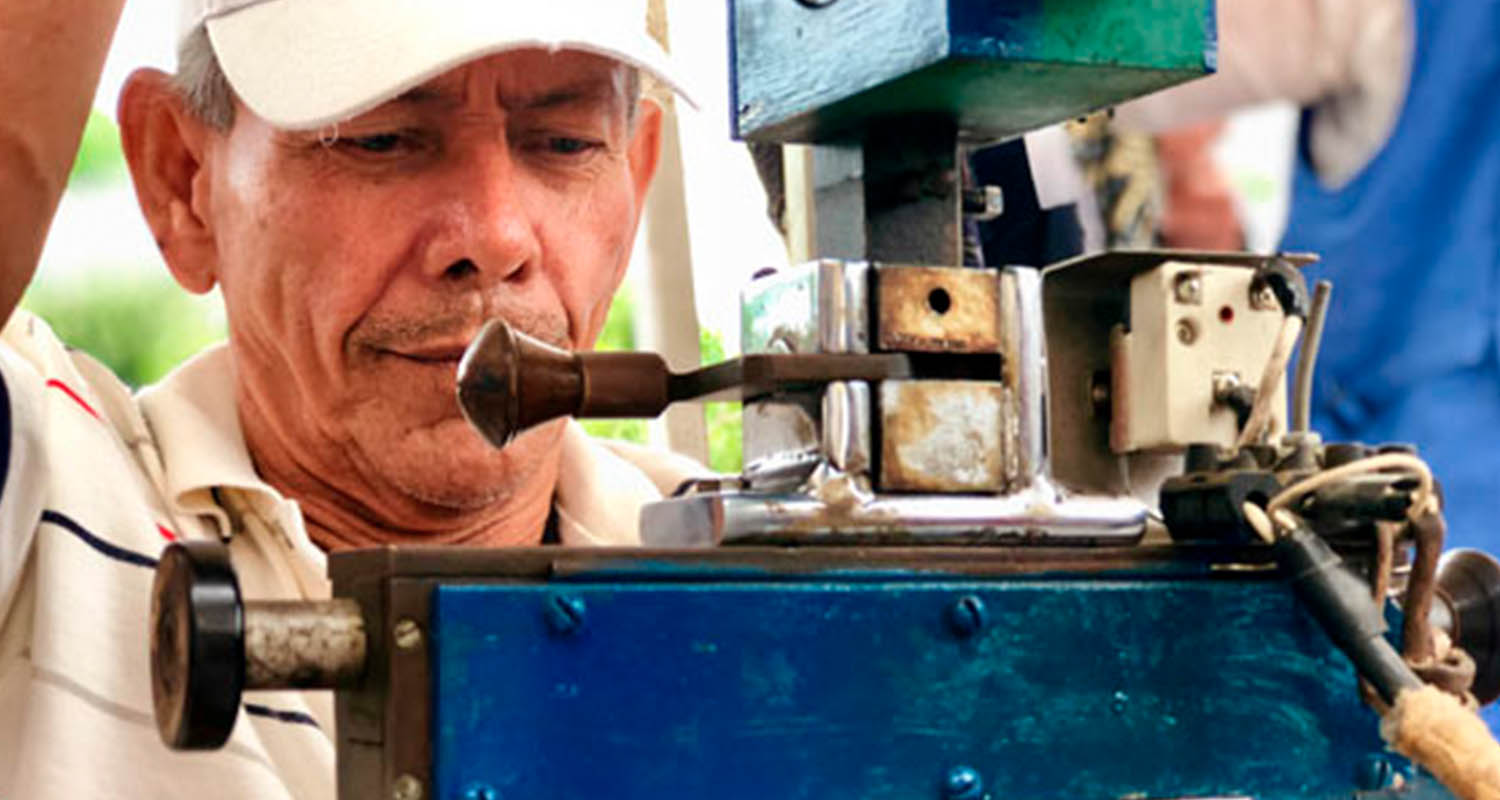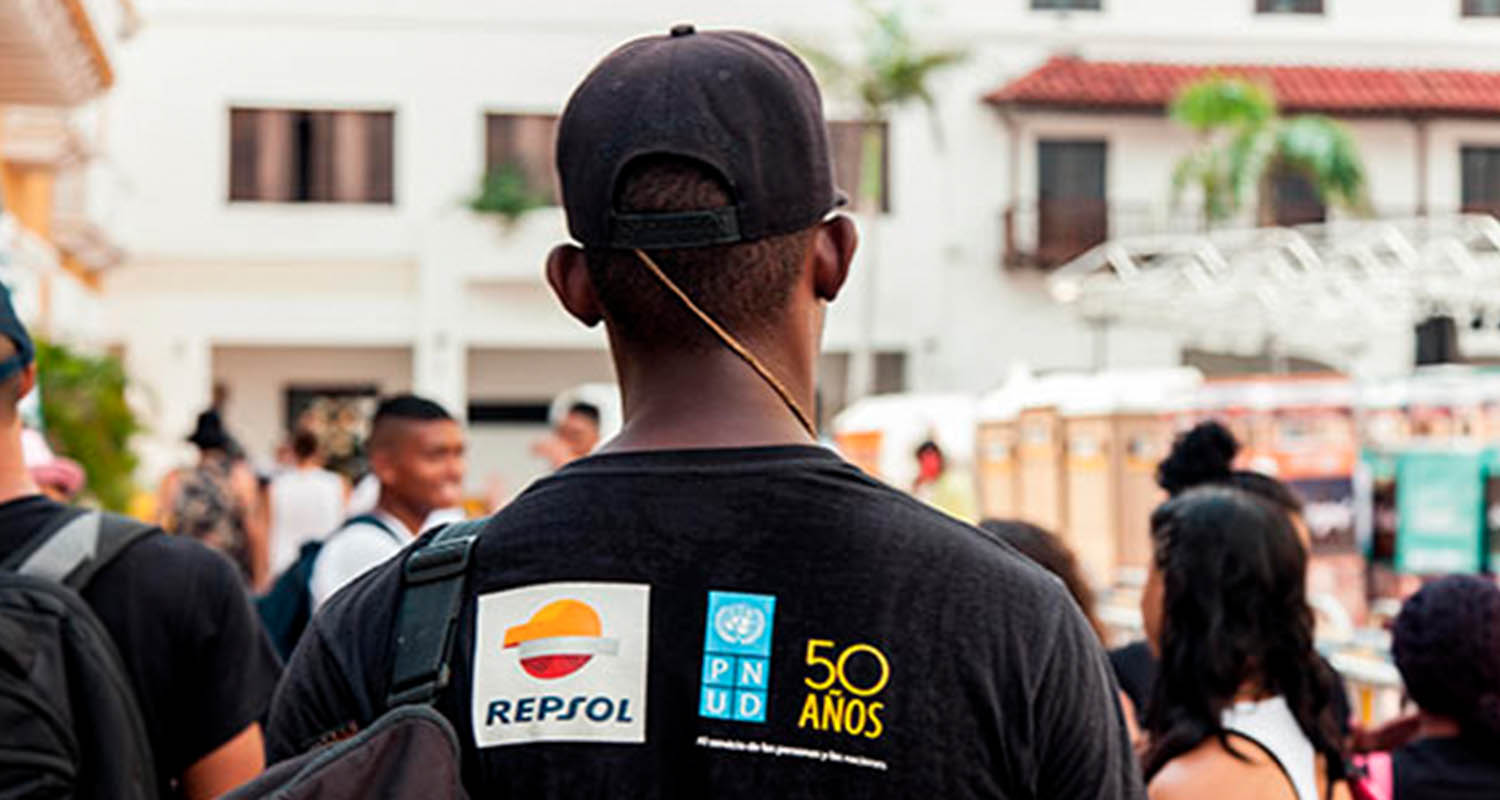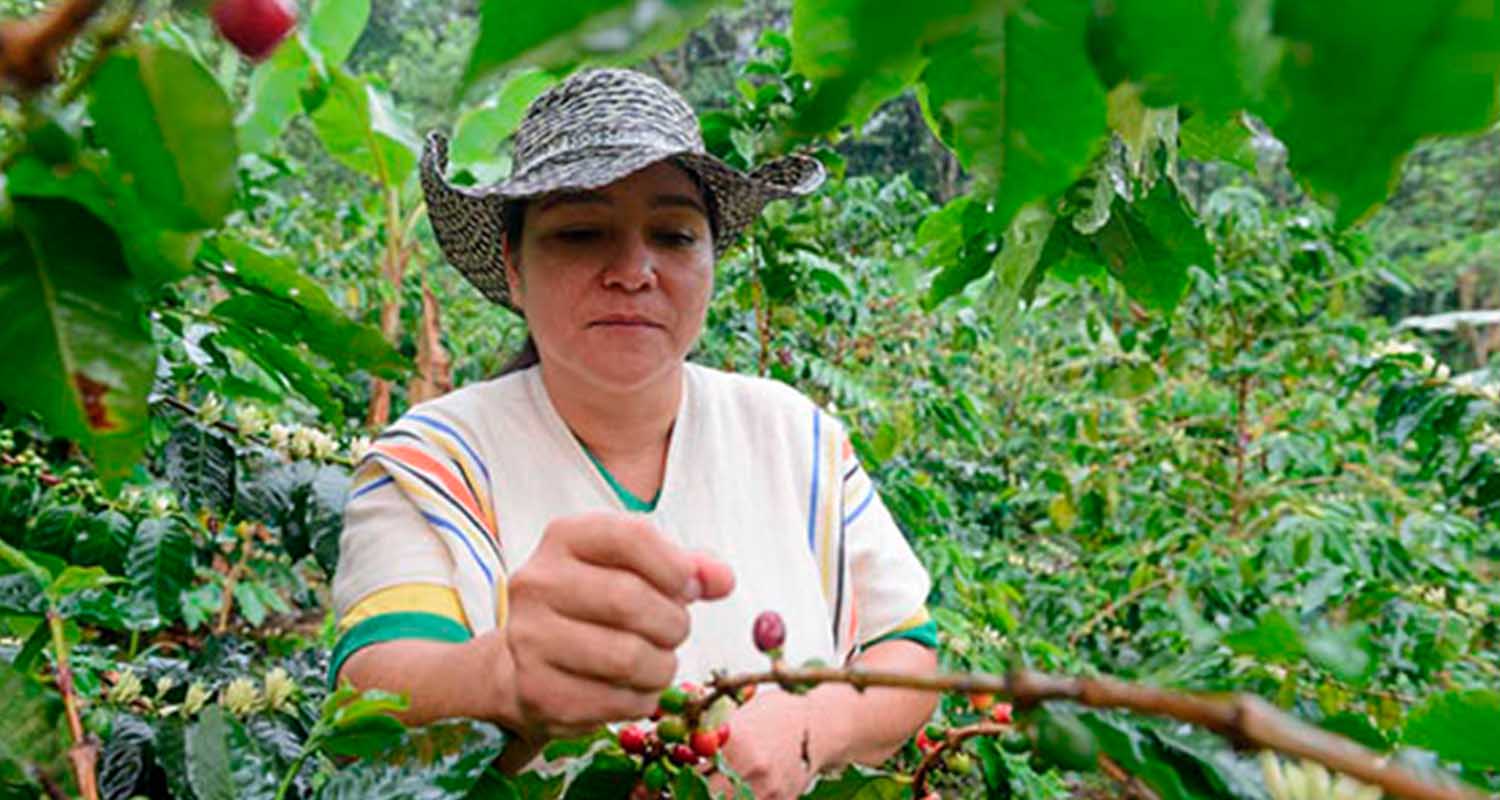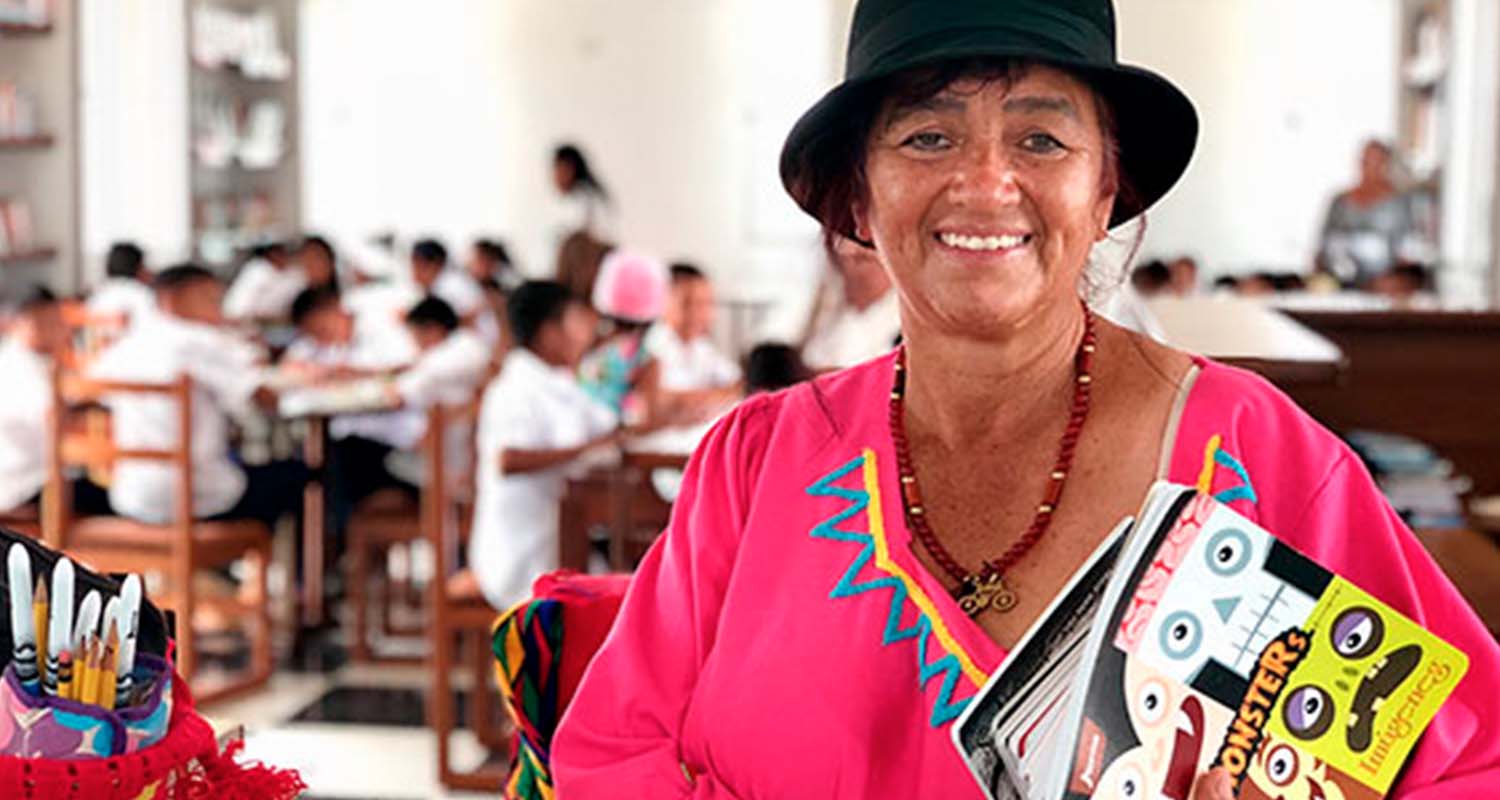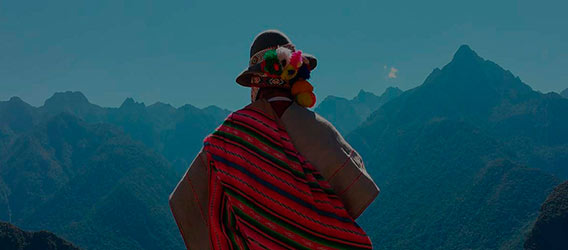This project enabled us to positively contribute to the United Nations 2030 Agenda based on the following SDGs:
This project enabled us to positively contribute to the United Nations 2030 Agenda based on the following SDGs:

SDG 4
SDG 4
Quality education

SDG 8
SDG 8
Good jobs and economic growth

SDG 11
SDG 11
Sustainable cities and communities

SDG 17
SDG 17
Partnerships for the goals

